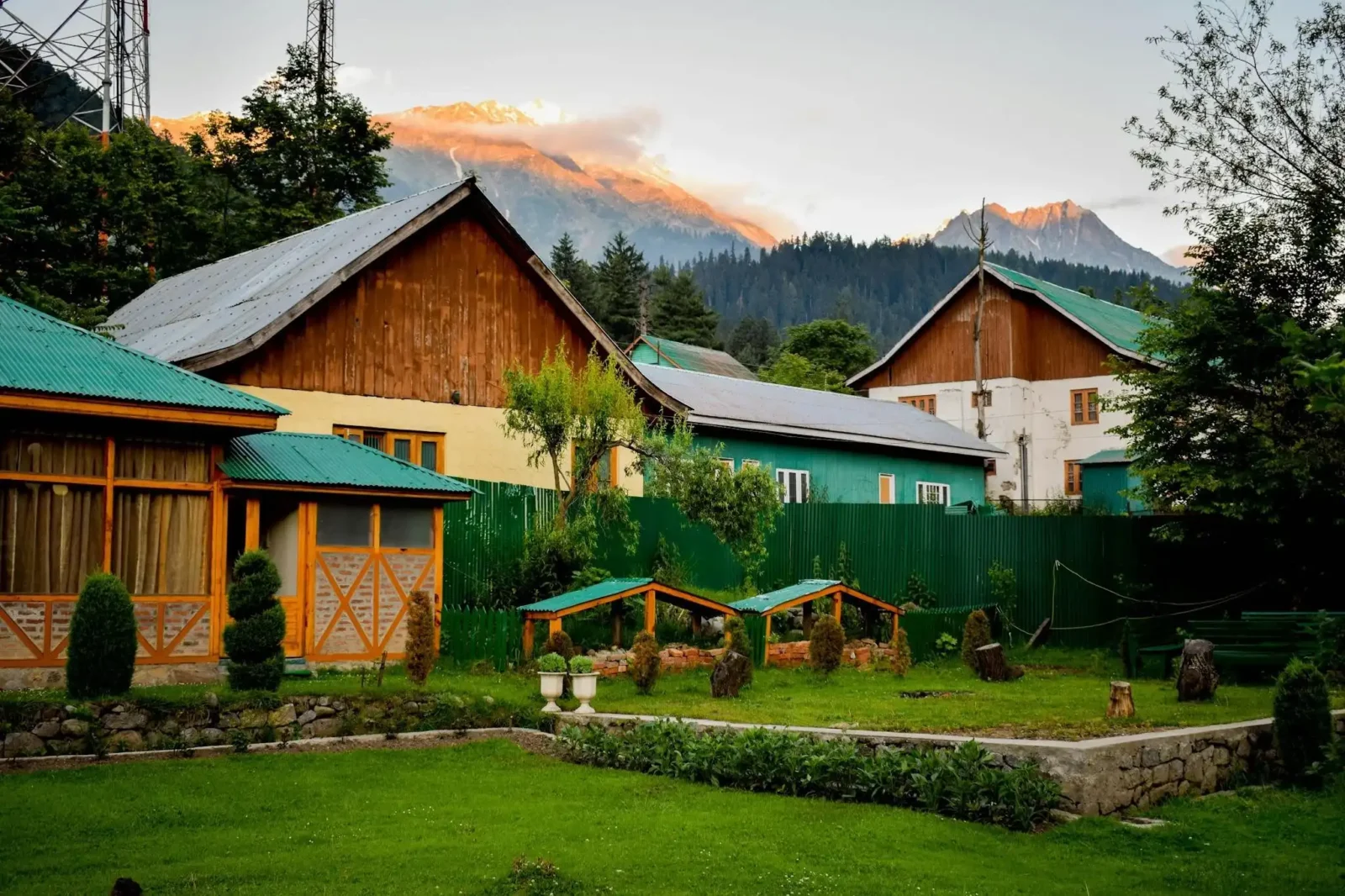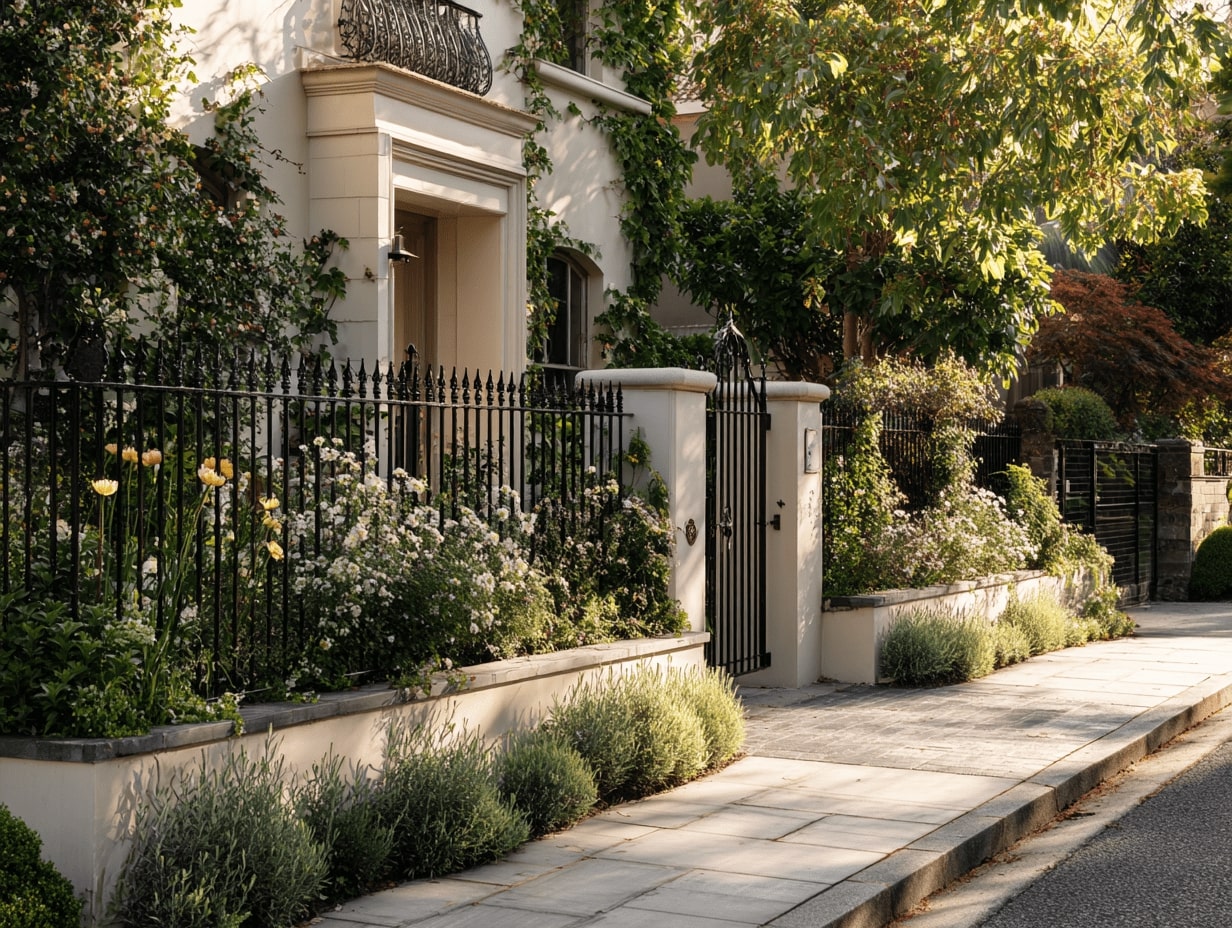- Home
- Articles
- Architectural Portfolio
- Architectral Presentation
- Inspirational Stories
- Architecture News
- Visualization
- BIM Industry
- Facade Design
- Parametric Design
- Career
- Landscape Architecture
- Construction
- Artificial Intelligence
- Sketching
- Design Softwares
- Diagrams
- Writing
- Architectural Tips
- Sustainability
- Courses
- Concept
- Technology
- History & Heritage
- Future of Architecture
- Guides & How-To
- Projects
- Interior Design
- Competitions
- Jobs
- Store
- Tools
- More
- Home
- Articles
- Architectural Portfolio
- Architectral Presentation
- Inspirational Stories
- Architecture News
- Visualization
- BIM Industry
- Facade Design
- Parametric Design
- Career
- Landscape Architecture
- Construction
- Artificial Intelligence
- Sketching
- Design Softwares
- Diagrams
- Writing
- Architectural Tips
- Sustainability
- Courses
- Concept
- Technology
- History & Heritage
- Future of Architecture
- Guides & How-To
- Projects
- Interior Design
- Competitions
- Jobs
- Store
- Tools
- More
Exploring the Crossover Between Culture and Landscape Architecture for Vibrant Spaces
Discover the profound connection between culture and landscape architecture in our latest article. Explore how cultural narratives shape design choices, creating spaces that reflect community identity and heritage.

In today’s world, the intersection of culture and landscape architecture shapes our environments in profound ways. As we explore this dynamic relationship, we uncover how cultural narratives influence design choices, creating spaces that resonate with identity and heritage.
Landscape architecture isn’t just about aesthetics; it’s a canvas for storytelling, reflecting the values and traditions of communities. By weaving cultural elements into our landscapes, we enrich the user experience and foster a deeper connection to place. Join us as we delve into the fascinating ways culture informs landscape architecture, transforming ordinary spaces into vibrant reflections of who we are.

Table of Contents
ToggleUnderstanding Culture in Landscape Architecture
Cultural influences play a crucial role in shaping landscape architecture. By integrating cultural narratives into design, we create environments that reflect community identity and heritage.

Defining Cultural Landscape
Cultural landscape refers to areas modified by human interaction, showcasing social, historical, and environmental significance. We consider elements like historic landmarks, vernacular architecture, and indigenous plants, which together represent a community’s cultural identity. Our designs emphasize the intersection of natural and social environments, ensuring landscapes reflect their cultural narratives.
Importance of Cultural Context
Cultural context enhances the relevance and functionality of landscape architecture. By understanding local traditions, values, and practices, we create spaces that resonate with users. Incorporating cultural practices into design fosters communal engagement and promotes stewardship of the environment. We prioritize cultural context to curate spaces that not only meet aesthetic goals but also serve as platforms for community interaction and cultural expression.
Principles of Landscape Architecture
We recognize the foundational principles that guide landscape architecture, emphasizing their integration with cultural expressions and environmental contexts.

Core Concepts and Techniques
- Design Process: Landscape architecture follows a structured design process, from analysis to planning and implementation. This ensures thoughtful integration of culture and landscape.
- Sustainability: Sustainable practices in design minimize environmental impact. These practices include using native plants, reducing water usage, and enhancing biodiversity.
- Aesthetics: Aesthetic considerations align with cultural values to create visually appealing environments. These designs resonate with community identity and evoke emotional responses.
- Functionality: Functional landscapes meet user needs. They incorporate elements like pathways, seating areas, and recreational spaces that enhance user experience.
- Contextuality: Contextual design takes into account the cultural, historical, and environmental significance of a location. This principle ensures that landscape designs reflect local traditions and customs.
Integration with Environment
- Ecological Restoration: We use landscape architecture to restore damaged ecosystems. This involves reintroducing native species and rehabilitating landscapes to enhance their ecological function.
- Site Analysis: Thorough site analysis informs design decisions, considering topography, climate, and existing vegetation. This understanding allows us to create designs that harmonize with the natural surroundings.
- Cultural Sensitivity: Culturally sensitive designs honor indigenous practices and local traditions. We incorporate cultural elements into landscapes, forging connections between people and their environment.
- Adaptability: Adaptable design considers changing environmental conditions and user needs. This principle creates resilient spaces that evolve over time while remaining true to cultural references.
- Community Engagement: Engaging with local communities throughout the design process fosters a sense of ownership and respect. This collaboration ensures that landscapes reflect the unique cultural identity of the area.
Case Studies of Cultural Influence
Cultural influences manifest distinctively in various landscape architecture projects worldwide. These case studies showcase how designers integrate cultural narratives into the fabric of outdoor spaces, enriching community identities and enhancing the usability of environments.

Notable Projects Around the World
- The High Line, New York City
The High Line transforms a disused railway into a vibrant urban park. Designers incorporated local history and art, reflecting New York’s industrial past while promoting community engagement through diverse programming.
- Gardens by the Bay, Singapore
Gardens by the Bay integrates sustainable practices with cultural elements, using local flora and thematic gardens that celebrate Singapore’s multicultural identity. This project serves not only as a park but as a symbol of innovative landscape design.
- Millennium Park, Chicago
Millennium Park blends art, architecture, and landscape architecture. The design incorporates cultural landmarks and art, such as the iconic Cloud Gate sculpture, creating a space that represents Chicago’s artistic heritage and encourages community interaction.
- Frida Kahlo Park, Mexico City
Inspired by the life and art of Frida Kahlo, this park incorporates elements symbolic of her work and personal narrative. Local flora, colors, and artistic installations reflect Mexican culture and history, making the park a cultural landmark.
Impact on Local Communities
- Cultural Connection
Landscape projects that incorporate cultural narratives strengthen the connection between local communities and their heritage. For example, community gardens often reflect regional plants and agricultural practices, fostering a sense of pride and ownership among residents.
- Economic Revitalization
Landscapes that celebrate cultural identity can boost local economies. For instance, the revitalization of historic districts, enhanced with cultural elements, attracts tourism and stimulates local businesses, creating job opportunities and community growth.
- Social Cohesion
Public spaces designed with cultural context promote social interactions. Parks featuring culturally relevant artwork often become gathering places for diverse populations, enhancing social inclusion and community cohesion.
- Environmental Awareness
Cultural landscapes raise awareness of local ecosystems. Projects emphasizing native plants and sustainable practices educate communities about environmental stewardship, encouraging an ongoing commitment to ecological health.
Challenges in Merging Culture and Landscape
Merging culture with landscape architecture presents several challenges that require careful navigation and thoughtful design. Understanding these complexities enhances the effectiveness and relevance of architectural projects.

Navigating Cultural Sensitivities
Navigating cultural sensitivities involves recognizing and respecting diverse traditions, beliefs, and practices. Engaging with local communities ensures authentic representation of their values. Conducting workshops and dialogues helps gather insights and address concerns, fostering collaborative relationships. We must be aware of varying cultural interpretations of space and design, as what is significant in one culture may not resonate in another. Failure to acknowledge these sensitivities can lead to designs that alienate rather than unite communities.
Balancing Aesthetics and Functionality
Balancing aesthetics and functionality is crucial when integrating cultural elements into landscape architecture. While aesthetic appeal enhances visual impact, functionality ensures usability for community members. We often face the challenge of incorporating cultural symbols and motifs without compromising essential features like accessibility and maintenance. Employing sustainable design practices can harmonize beauty and practicality, creating spaces that invite interaction while respecting cultural resonance. Prioritizing this balance leads to landscapes that not only delight the eye but also fulfill their intended purposes within the community.
Future Trends in Landscape Architecture
We see future trends in landscape architecture focusing on cultural narratives, emphasizing diversity and innovative integration methods. These trends encourage a new way of thinking about space, design, and cultural representation.

Embracing Diversity in Design
Embracing diversity in design transforms public spaces into vibrant community hubs. Designers incorporate multicultural elements, ensuring representation of various backgrounds. Utilizing diverse materials, plants, and design languages fosters inclusivity and resonates with broader audiences. Engaging with local artists and cultural historians during the design phase enhances authenticity, celebrating the rich tapestry of community identities. An example includes the design of parks that integrate native plant species reflective of different cultural practices, promoting ecological awareness alongside cultural expression.
Innovative Approaches to Cultural Integration
Innovative approaches to cultural integration redefine how we perceive and construct landscapes. We implement technology to map cultural heritage, using augmented reality to enhance visitor experiences. By implementing interactive installations, landscape designers encourage active engagement and education, allowing users to connect deeper with the cultural narratives intertwined in the landscape. Collaboration with local communities during design processes ensures their stories are accurately represented, leading to spaces that genuinely reflect their identities. These approaches not only create functional spaces but also foster pride and ownership among community members.
Conclusion
We recognize the dynamic interplay between culture and landscape architecture, emphasizing its role in crafting spaces that resonate with community identity. Cultural narratives shape design choices, transforming not just physical environments, but also the connections individuals forge with their surroundings. Through the integration of cultural elements, we empower landscapes to serve as a medium for storytelling, enhancing user engagement and fostering a deep sense of place.
Understanding cultural landscapes involves acknowledging human interaction with environments that embody social and historical significance. We highlight how landmarks, architecture, and native flora represent a community’s essence, underscoring the necessity of context in landscape designs. Such considerations promote spaces that align with traditions, values, and communal aspirations, enhancing functionality and aesthetic appeal.
We explore foundational principles guiding landscape architecture, illustrating how culture complements environmental considerations. Each aspect of the design process—analysis, planning, and implementation—ensures a thoughtful approach to integrating cultural identity. By focusing on sustainability, contextuality, and community engagement, we create landscapes that resonate with local heritage and promote shared ownership within communities.
Case studies illuminate the impact of culturally influenced designs worldwide. Projects such as The High Line, Gardens by the Bay, Millennium Park, and Frida Kahlo Park showcase successful examples of embedding cultural narratives into physical spaces, enriching community life and fostering pride.
We also address the myriad benefits of culturally infused landscapes. These spaces strengthen connections, stimulate local economies through tourism, and serve as vital gathering points that encourage social cohesion. Educational initiatives raise awareness about local ecosystems, further enhancing the relationship between community and environment.
Facing challenges in merging culture with architecture necessitates genuine engagement with local voices to ensure authentic representation. We advocate for innovative approaches that embrace diversity, inviting local artists and cultural historians to contribute unique perspectives.
Through this exploration, we assert that landscape architecture holds the power to enrich our lives, shape our experiences, and promote cultural pride, reinforcing the essential link between culture and the landscapes we inhabit.
- architectural landscape design
- cultural heritage in landscapes
- cultural identity in landscapes
- cultural influence in design
- cultural landscape design
- culture and landscape architecture
- environmental design
- green spaces and culture
- historical landscapes
- inclusive landscape design
- landscape architecture and culture
- landscape architecture innovation
- landscape architecture trends
- landscape design for community
- landscape design for social connection
- place-making through design
- public space planning
- space and cultural expression
- sustainable landscape design
- urban landscape design
- vibrant public spaces
Submit your architectural projects
Follow these steps for submission your project. Submission FormLatest Posts
What You Really Need to Create a Beautiful Yard
A beautiful yard is more than just an outdoor space, it’s a...
The Architecture of Borders: Walls, Gates, and the Spaces They Shape
Explore the architecture of borders—walls and gates—from ancient fortifications to smart checkpoints....
How to Choose the Right LED Grow Light for Your Indoor Garden
For indoor growers, it can be the difference between healthy, vibrant plants...
Key Strategies Behind Effective Landscaping Company Marketing
The landscaping industry thrives on creativity, precision, and customer trust. While strong...












Leave a comment